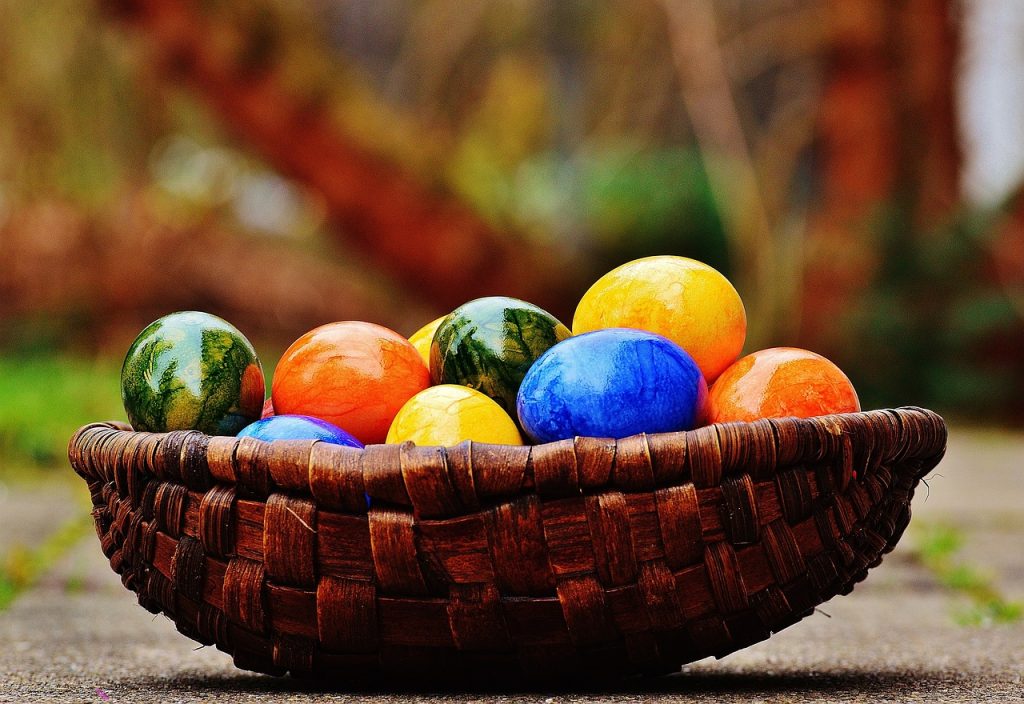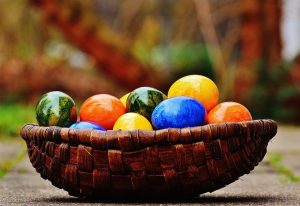
Easter – What’s with the eggs?
Easter is a holiday that, for many around the world, signifies the celebration of the resurrection of Jesus Christ. However, its roots and traditions are steeped in far more ancient customs that predate Christianity. Originally, Easter was a pagan festival, with origins deeply entwined with symbols and rituals of rebirth and renewal.
 The name “Easter” is believed to have originated from Eostre or Ostara, an ancient Anglo-Saxon goddess associated with dawn and spring. Eostre’s feast marked the arrival of spring when nature awakens from the dead of winter, symbolizing new beginnings and growth. The Germans celebrated Ostara on the Spring Equinox, honoring renewal and fertility—concepts that were essential to agrarian societies.
The name “Easter” is believed to have originated from Eostre or Ostara, an ancient Anglo-Saxon goddess associated with dawn and spring. Eostre’s feast marked the arrival of spring when nature awakens from the dead of winter, symbolizing new beginnings and growth. The Germans celebrated Ostara on the Spring Equinox, honoring renewal and fertility—concepts that were essential to agrarian societies.
As Christianity spread across Europe in the first centuries AD, early Christians sought to convert pagan festivals. Due to its proximity to Passover, Easter was seen as the ideal time to commemorate the resurrection of Christ. By absorbing elements of these pagan celebrations, Christianity fostered wider acceptance among converts who found familiar traditions within these emerging religious practices.

As Easter became synonymous with Christianity, so did these ancient symbols assume new meanings. The egg’s representation shifted to symbolize the resurrection; just as new life emerges from an egg’s shell, so did Jesus rise from the tomb. This reframing allowed early Christians to maintain this cherished symbol in their religious observance.
The Eastern Orthodox Church played a vital role in further developing this tradition by adopting practices where eggs were dyed red to symbolize the blood of Christ shed during his crucifixion. Over time, other colors and intricate designs emerged, particularly noted in Slavic regions where crafted eggs called pysanky transformed into works of art laden with symbolism reflecting protection and prosperity.

These ancient tokens are far from being mere relics; they endure because they encapsulate universal themes resonating through ages: renewal, hope, progress—stimuli inherent not only in nature but also human aspiration towards growth both spiritually and physically.
